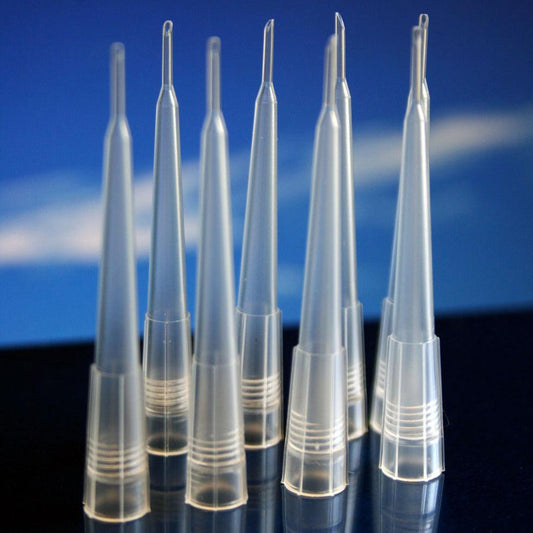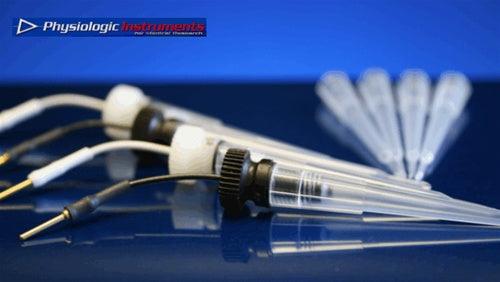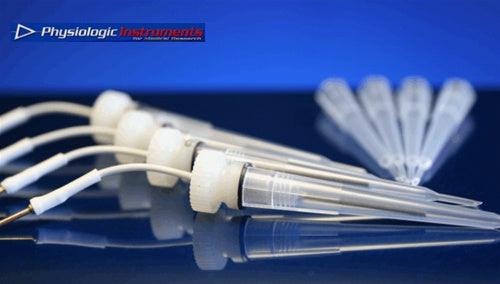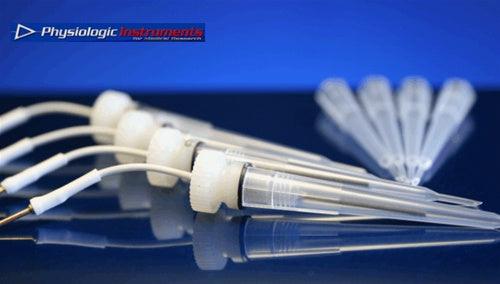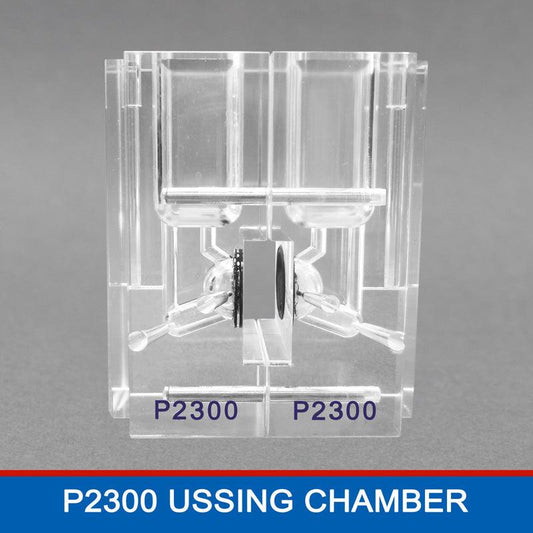Understanding Ussing Chamber Protocols: A Comprehensive Overview
Exploring Ussing Chamber protocols, including key measurements, applications, and experimental procedures.
Introduction
The Ussing chamber, introduced by Danish zoologist Hans Ussing in the 1950s, is a pivotal apparatus in physiological and pharmacological research. It enables the study of ion transport, nutrient absorption, and drug permeability across epithelial tissues, thereby providing insights into membrane properties and barrier functions. This article delves into the foundational aspects of Ussing chamber protocols and highlights the features and advantages of the EasyMount Ussing Chamber System.
Fundamentals of Ussing Chamber Protocols
An Ussing chamber consists of two compartments separated by an epithelial tissue sample, such as intestinal mucosa or cultured cell monolayers. Each compartment is filled with a physiological solution, like Ringer's solution, and is equipped with electrodes to measure electrical properties. This setup allows researchers to assess various transport processes and barrier functions of the epithelium.
Key Measurements in Ussing Chamber Experiments
-
Short-Circuit Current: Represents the net ion transport across the epithelium. By clamping the voltage across the tissue to zero and measuring the resulting current, researchers can quantify active transport processes.
-
Transepithelial Electrical Resistance (TEER): Indicates the integrity and permeability of the epithelial barrier. Higher TEER values suggest tighter junctions and lower permeability, while lower values indicate increased permeability.
-
Ion Flux Measurements: Involves tracking the movement of specific ions, such as sodium (Na⁺), chloride (Cl⁻), or potassium (K⁺), to study both active and passive transport mechanisms.
Standard Protocol Steps
-
Tissue Preparation: Freshly excised tissues are immediately placed in ice-cold, oxygenated physiological buffer to maintain viability. The tissue is then carefully mounted between the two halves of the chamber, ensuring a leak-free seal.
-
Equilibration: Once mounted, tissues are equilibrated in the chamber with continuous oxygenation and temperature control to mimic physiological conditions.
-
Baseline Measurements: Initial readings of TEER and Isc are taken to establish baseline values, confirming tissue viability and stability.
-
Experimental Manipulation: Researchers introduce test substances (e.g., drugs, nutrients) to either the apical or basolateral side of the tissue to observe transport dynamics.
-
Data Collection: Continuous monitoring of electrical parameters and periodic sampling from each chamber compartment allow for comprehensive analysis of transport and permeability.
Applications of Ussing Chambers
-
Drug Absorption Studies: Evaluating the permeability of pharmaceutical compounds to predict oral bioavailability.
-
Ion Channel Research: Investigating the function of specific ion channels and transporters, which is crucial in understanding diseases like cystic fibrosis.
-
Nutrient Transport Analysis: Studying the absorption mechanisms of various nutrients across the intestinal epithelium.
-
Barrier Function Assessment: Assessing the impact of pathogens, toxins, or therapeutic agents on epithelial integrity.

Introducing the EasyMount Ussing Chamber System
The EasyMount Ussing Chamber System is designed to streamline and enhance the traditional Ussing chamber setup, offering several advantages for researchers:
-
User-Friendly Design: The system features a self-contained setup that simplifies the mounting of tissues or cell culture inserts, reducing preparation time and potential for error.
-
Versatility: Compatible with various tissue types and cell culture formats, the EasyMount system accommodates a wide range of experimental needs.
-
Parallel Processing: Supporting multiple chambers simultaneously, it allows for high-throughput studies and comparative analyses across different samples.
-
Integrated Electrophysiological Capabilities: Equipped with electrodes and amplifiers, the system facilitates precise measurements of TEER, Isc, and other electrical parameters.
-
Temperature Control: Built-in heating elements ensure that tissues are maintained at optimal physiological temperatures throughout the experiment.
Advantages of the EasyMount Ussing Chamber System
-
Enhanced Reproducibility: The standardized design minimizes variability between experiments, leading to more consistent and reliable data.
-
Reduced Setup Complexity: Simplified assembly and operation make it accessible to both novice and experienced researchers.
-
Cost-Effectiveness: By enabling multiple experiments concurrently and reducing preparation time, the system increases laboratory efficiency.
Conclusion of the Ussing Chamber Protocol
Ussing chambers remain an indispensable tool in the exploration of epithelial transport and barrier functions. The EasyMount Ussing Chamber System builds upon this legacy, offering a modern, efficient, and versatile solution for researchers aiming to conduct detailed and reproducible studies in physiology and pharmacology.

